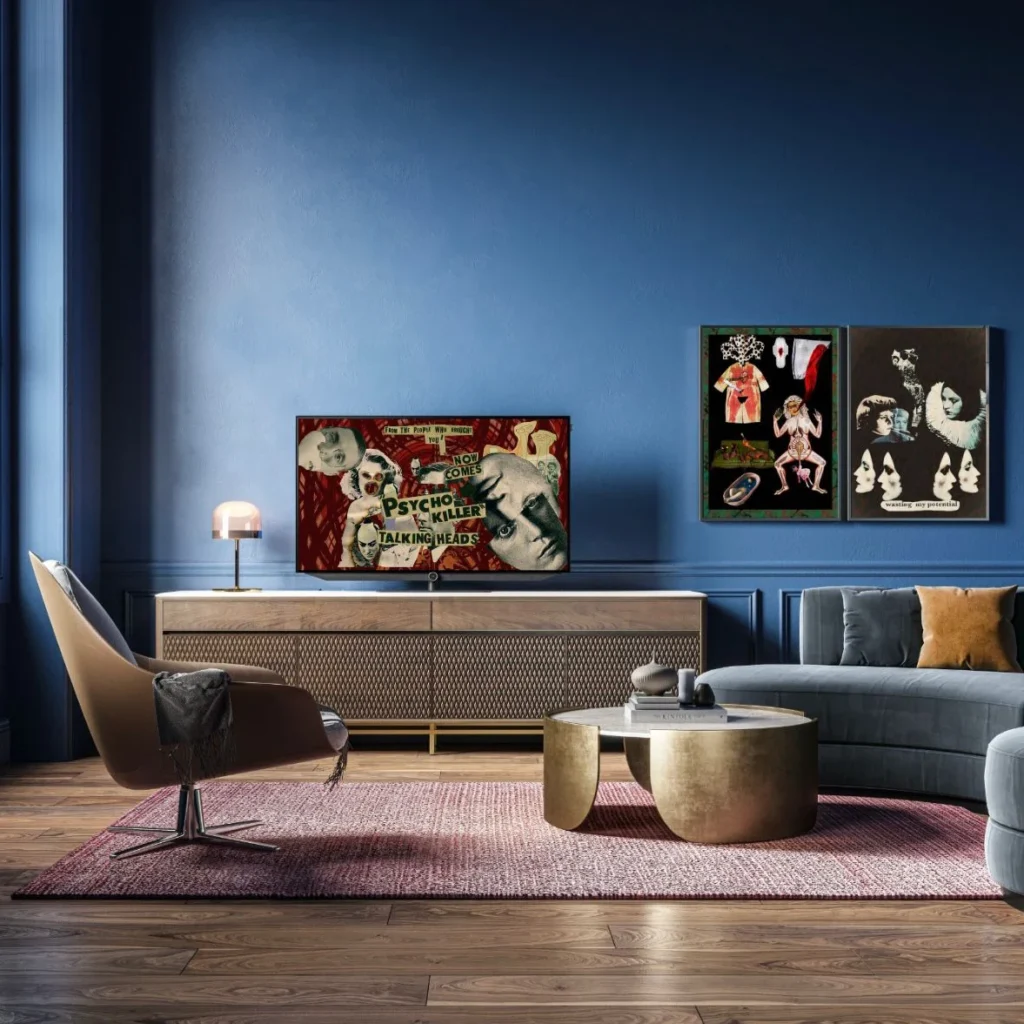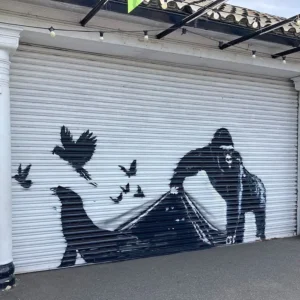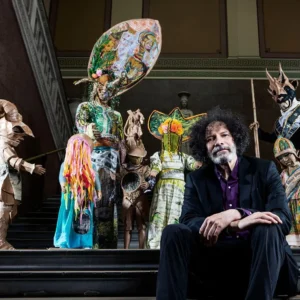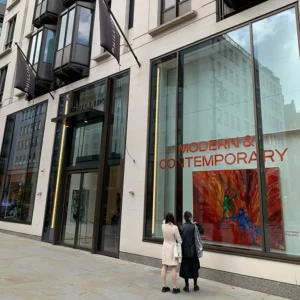The landscape of digital art has experienced a remarkable and transformative evolution, sparking a significant upsurge in avenues for artistic expression. The burgeoning capabilities of blockchain technology and non-fungible tokens (NFTs) have profoundly magnified this cultural phenomenon. This current juncture represents a convergence where technological advancements harmonize with the fluid tides of artistic sensibilities.
Our article takes a comprehensive look through the technological lens, delving deep into the sweeping revolution of digital art that is currently reshaping the very fabric of the art world.
Art World is Still Adapting: Bridging Traditional and Digital Art
The art world, steeped in centuries of tradition, is embracing the blurring boundaries between conventional art forms and the digital sphere.

The complexities of adapting traditional art institutions to embrace digital transformation are manifold. The most important challenge lies in formulating new language and terminology to effectively communicate these innovative concepts.
Another essential aspect of this adaptation is the recognition and elevation of digital artists who were once relegated to the sidelines. These artists are now commanding attention as they harness the power of code and generative art techniques to create innovative and captivating works. This shift is indicative of the art world’s willingness to evolve and incorporate new forms of expression.
In the recent months, the conversation in the art world has moved beyond mere hype, exploring the actual practical applications and advantages of NFTs and blockchain technology in the context of digital art. This meaningful integration holds the potential to revolutionize the art market, with implications reaching far beyond the digital realm.

From Hype to Utility: NFT Ownership
The term “NFT” has also undergone an evolution of its own, closely intertwined with the progress of blockchain technology. Unlike the initial association with cryptocurrencies, people now know that NFTs simply utilize blockchain to store information about unique digital items.
While speculative drops once dominated the NFT scene, brands like Nike and Tiffany’s have recently shifted their focus to utility and user experience, engaging users through collaborations and digital assets within gaming environments. In effect, these brands are now leveraging NFTs to establish unique connections with their audiences.
This transition speaks to the maturation of the NFT space and its integration into mainstream. While some argue that NFTs may offer a more transient connection in the art world, others contend that this period may signify a transitional phase as collectors familiarize themselves with digital ownership and engagement dynamics.
Dilan Kapar, Red Period (2021) NFT, 31” 4K Video
The concepts of digital ownership and fractional ownership are not merely investment vehicles; they are also means to democratize access to artistic creations. The emotional value of digital art is explored, with perspectives varying on whether NFT transactions primarily serve as asset transactions or engender emotional connections akin to physical art ownership. By linking fractional ownership to utility, privileges, and educational opportunities, digital art enthusiasts can actually deepen their emotional engagement with the art they own.
The Confluence of AR, VR, Metaverse, and Web3
The integration of digital art within augmented and virtual reality environments introduces a realm of uncharted potential. Art’s integration within augmented and virtual reality environments redefines how individuals engage with and present art digitally. This form of art breathes new life into the creative landscape, generating variations previously deemed inconceivable.
The interplay between the Metaverse and Web3 technology requires careful consideration. While the Metaverse provides a virtual realm for engagement, Web3 technology empowers users with digital ownership.
It is important to treat the Metaverse and Web3 as distinct yet complementary concepts, each contributing to the evolution of digital experiences. This transition brings with it exciting possibilities for immersive artistic experiences that traverse conventional boundaries.

As the lines between physical and digital experiences blur, the concept of virtual spaces simulating physical settings gains traction. This frontier hints at a future where people interact in virtual spaces that mirror physical settings and activities, allowing for immersive artistic experiences that were once confined to the realm of imagination. Enabled by technological advancements, digital artists are now able to create higher resolution outputs that challenge traditional artistic practices.
Embracing the Future
The digital art revolution, fueled by NFTs and blockchain technology, has brought about transformative change within the art world. Guidance and education for new collectors are indispensable. Grassroots initiatives and emerging intermediaries play a pivotal role in providing essential support and information, smoothing the transition for newcomers entering this complex arena.
The emotional value attached to digital art is a dynamic yet intricate concept. The intersection of physical and digital, along with the coalescence of the Metaverse and Web3, sets the stage for an exciting future where technology and art seamlessly intertwine.
As the journey continues, the art world embraces the ongoing evolution of these technologies with a hopeful and open perspective.




